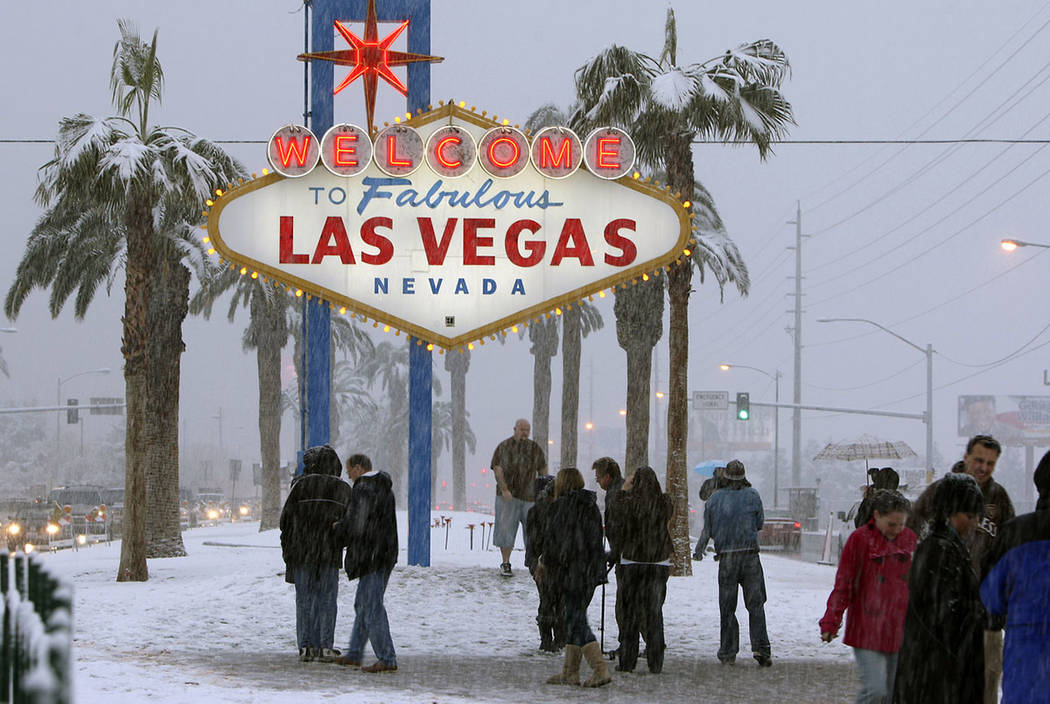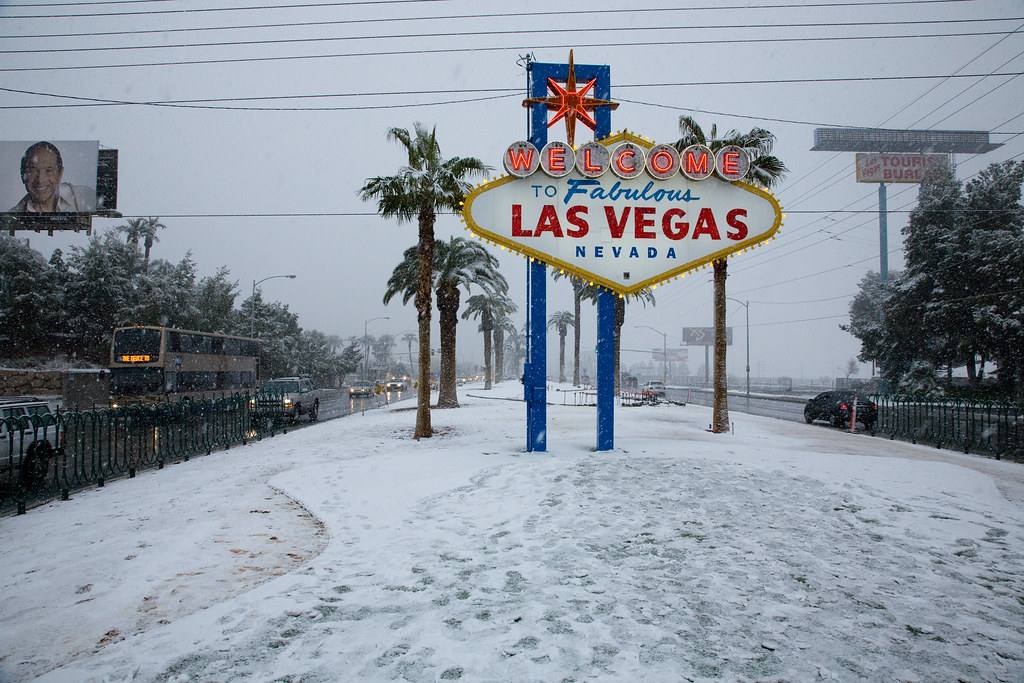When Does It Start Getting Cold In Vegas

Living in Las Vegas means enjoying scorching summers, but the cooler months can sneak up on you. One common frustration homeowners face is inconsistent heating. You might find certain rooms are significantly colder than others, or the system cycles on and off frequently without adequately warming the house. Before calling an expensive HVAC technician, let's walk through a systematic approach to diagnose and potentially fix the problem yourself. We’ll cover easy checks you can do with your eyes, as well as steps requiring simple tools.
Step 1: The Obvious Checks (No Tools Required)
Start with the easiest and most frequently overlooked issues. These checks cost nothing but a few minutes of your time and can often resolve the problem instantly.
1. Thermostat Settings
This might seem insultingly simple, but always double-check your thermostat. Ensure it’s set to "Heat" mode, not "Cool" or "Auto." Verify the set temperature is higher than the current room temperature. If your thermostat has a schedule, make sure it’s correctly programmed and not set to a lower temperature during the times you're home and expecting warmth.
DIY Action: Adjust the thermostat to your desired heating temperature and confirm the system responds by turning on. If you have a programmable thermostat, review and update the schedule.
2. Air Vents and Registers
Walk through every room and check all air vents and registers. Make sure they are fully open and unobstructed by furniture, rugs, or curtains. Blocked vents restrict airflow, forcing the heating system to work harder and resulting in uneven temperatures.
DIY Action: Open all vents completely. Reposition furniture or other items that are blocking airflow. Observe if this improves the temperature distribution in different rooms.
3. Air Filter Inspection
A dirty air filter is a major culprit in heating and cooling problems. A clogged filter restricts airflow, reducing the efficiency of your furnace and potentially causing it to overheat. It can also contribute to poor indoor air quality.
DIY Action: Visually inspect the air filter. If it appears dusty or clogged, replace it with a new one of the correct size. Most filters have the size printed on the frame. Replacing your air filter is one of the simplest and most important maintenance tasks you can do.
Step 2: A Closer Look (Simple Tools Needed)
If the basic checks didn't solve the problem, it's time to investigate further with a few common tools. You'll need a flashlight, a screwdriver (usually Phillips head), and potentially a multimeter (if you're comfortable using one).
1. Pilot Light/Ignition System (For Gas Furnaces)
If you have a gas furnace, a common issue is a problem with the pilot light or ignition system. A pilot light that's out or a faulty igniter can prevent the furnace from turning on.
DIY Action: Locate the pilot light access panel on your furnace (refer to your furnace's manual for the exact location). Follow the instructions on the furnace to relight the pilot light. If the pilot light keeps going out, or if your furnace has electronic ignition and isn't firing, it's best to call a professional. Do not attempt to tamper with gas lines.
Tool Needed: Flashlight. Potentially a long lighter or match if the pilot light is difficult to reach.
Safety Note: If you smell gas, immediately leave your home and call the gas company or fire department from a safe location.
2. Blower Motor Inspection
The blower motor is responsible for circulating heated air throughout your home. If it's not working correctly, you won't get adequate heat.
DIY Action: First, turn off the power to your furnace at the circuit breaker. Then, locate the blower motor compartment (usually near the bottom of the furnace). Remove the access panel (using a screwdriver). Check for any obvious obstructions preventing the blower wheel from turning freely. You can gently try to spin the blower wheel by hand. If it's difficult to turn or makes unusual noises, the motor might be failing.
Tool Needed: Screwdriver, Flashlight.
Warning: Working with electrical components can be dangerous. Always disconnect the power before inspecting the blower motor.
3. Ductwork Leaks
Leaky ductwork can waste a significant amount of energy, especially in unconditioned spaces like attics or crawl spaces. Warm air escaping from ductwork reduces the efficiency of your heating system and can lead to cold spots in your home.
DIY Action: Visually inspect the accessible ductwork. Look for obvious holes, tears, or disconnections. Pay close attention to joints and seams. You can use your hand to feel for air leaks near the ductwork while the furnace is running (be careful around moving parts). While running, listen closely to hear for hissing sounds.
Tool Needed: Flashlight.
DIY Action (Temporary Fix): If you find small leaks, you can temporarily seal them with aluminum foil tape (not duct tape, which doesn't hold up well). For larger leaks or damaged ductwork, professional repair is recommended.
4. Checking the Capacitor (Advanced - Requires Multimeter and Caution)
The capacitor helps start and run the blower motor. A failing capacitor is a common cause of motor problems. This requires the use of a multimeter and extreme caution, as capacitors can store a significant electrical charge even when the power is off. If you are not comfortable working with electrical components, skip this step and call a professional.
DIY Action (If Experienced):
- Turn off the power to the furnace at the circuit breaker.
- Locate the capacitor near the blower motor. It’s usually a cylindrical component.
- Discharge the capacitor using a screwdriver with an insulated handle. Short across the terminals (be very careful and avoid touching the metal parts of the screwdriver).
- Disconnect the wires from the capacitor, noting their positions.
- Use a multimeter set to capacitance to test the capacitor. Compare the reading to the capacitor's rated capacitance (printed on the capacitor). If the reading is significantly lower (e.g., more than 10% below the rated value), the capacitor is likely failing.
Tool Needed: Multimeter, Screwdriver (insulated handle).
Danger: Capacitors can store a dangerous electrical charge. Always discharge the capacitor before handling it. If you are unsure how to do this safely, call a professional.
Step 3: When to Call a Professional
While many heating problems can be addressed with simple troubleshooting, certain issues require the expertise of a qualified HVAC technician. It's best to err on the side of caution if you encounter any of the following situations:
- Gas Leaks: If you smell gas, even a faint odor, immediately evacuate your home and call the gas company or fire department.
- Carbon Monoxide Concerns: If you suspect carbon monoxide poisoning (symptoms include headache, dizziness, nausea), evacuate your home and call emergency services. Install carbon monoxide detectors on every level of your home and test them regularly.
- Electrical Problems: If you see sparks, smell burning electrical components, or experience frequent tripping of circuit breakers, call an electrician or HVAC technician.
- Refrigerant Leaks (For Heat Pumps): If you suspect a refrigerant leak (e.g., hissing sound, ice buildup on the outdoor unit), call a professional. Refrigerant is harmful to the environment and requires specialized handling.
- Complex Mechanical Issues: If you suspect a problem with the furnace's heat exchanger, blower motor, or other major components, it's best to leave the repair to a professional.
- You are unsure or uncomfortable: If at any point you feel uncomfortable or uncertain about performing a repair, don't hesitate to call a professional. Your safety and the proper functioning of your heating system are paramount.
Las Vegas Cold Weather Specifics
While the above troubleshooting steps are generally applicable, here are some points particularly relevant to Las Vegas homeowners looking to prepare for cooler weather.
When Does It Start Getting Cold In Vegas? While daytime temperatures can remain mild well into October, nights often start to cool down noticeably in late October and early November. December and January are typically the coldest months, with average lows in the upper 30s and daytime highs in the 50s. It's during this period that a properly functioning heating system is most critical.
Prepare Early: Don't wait until the first cold snap to discover your heating system isn't working. Perform these checks in the fall to ensure your system is ready for winter. Schedule a professional tune-up if you haven't had one in the past year or two. This can help identify and address potential problems before they become major issues.
Dust and Debris: Las Vegas is a dusty environment. This means your air filter will likely need to be changed more frequently than in other areas. Regularly inspect and replace your air filter to maintain optimal performance.
Consider a Smart Thermostat: A smart thermostat can help you optimize your energy usage and save money on heating costs. You can program it to automatically adjust the temperature based on your schedule, and some models even learn your preferences over time.
Heat Pumps vs. Furnaces: Many Las Vegas homes use heat pumps for both heating and cooling. While heat pumps are efficient, they can struggle to maintain comfortable temperatures when it's very cold outside. If you have a heat pump, consider having a backup heating system (e.g., electric resistance heat) for the coldest days.
By following these troubleshooting steps and taking proactive measures to prepare your heating system, you can ensure a comfortable and energy-efficient winter in Las Vegas. Remember, safety is always the top priority. If you're ever unsure about a repair, don't hesitate to call a qualified HVAC professional.










